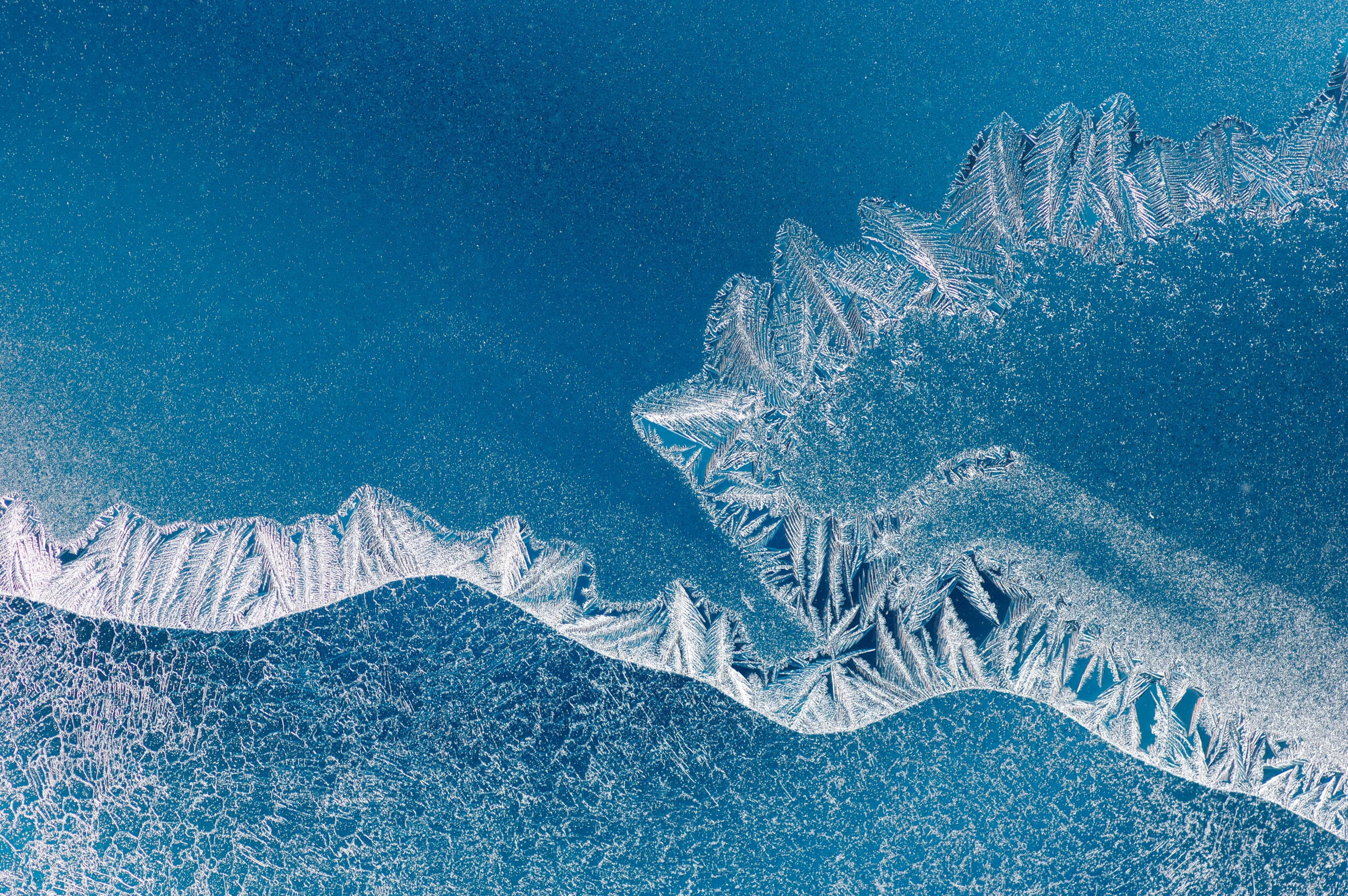
I am a conservation biologist first, and a photographer second. Part of sharing my work with the public includes trying to help save these special species and places for future generations.
With few exceptions, I don’t give away exact locations, because I hope to avoid the ‘pile on effect’. What I want to do is get people excited about what is out there to be found, often in our own backyards, rather than encouraging them to all visit particular places where their combined presence would simply have too great an impact.
I know that buying prints is a luxury. If you’d like to contribute to my conservation work in other ways, please consider becoming a patron on my Patreon page or donating through PayPal to help with the substantial cost of volunteer field surveys, or even just hosting this web page. Even small contributions make a major impact, and all donations are used toward field surveys and conservation/restoration projects.
Conservation Projects - Past, Present & Future:
Saskatchewan’s Alvars: Hidden in Plain Sight
The story of my expedition to search for the first examples of the globally imperiled ‘alvar’ habitats from Saskatchewan, the incredible diversity they contain, and a plea to readers to support the permanent protection of these irreplaceable sites.
Pika camp (Alpine plant ecology)
High in the Ruby Range mountains of the Yukon overlooking Kluane Lake, there is a tiny research camp that punches far above its weight in terms of alpine ecology and climate change research. This article details two of the best years of my career so far that I spent working at the camp, the plants and animals of the valley, and the importance of the work being done there.
The piece is adapted from an article that appeared in both major Yukon magazines - What’s Up Yukon and Yukon: North of Ordinary, as well as being published in part by the International Arctic Sciences Committee.
Five Needle pine conservation
The five needle pines (whitebark and limber pine, in Alberta) are two species of endangered trees that are critically threatened with extinction. They are some of Alberta’s longest lived species, and can live for over 1,000 years, but an imported and devastating fungus threatens them with extinction.
I’ve worked with both species for two years, and am passionate about contributing to their conservation and restoration. I dedicate a lot of time into searching for potentially resistant trees and propagating their seeds both in my spare time and for work, and I’ve written an article on the problem and the work being done to save them.
wallace mountain/Driftpile river valley
The Swan Hills are one of Alberta’s most heavily altered landscapes. Oil & gas and forestry operations have heavily fragmented the area, as seen on the map of human footprint to the left.
The Wallace Mountain/Driftpile River valley is probably the last remaining wilderness in the Swan Hills, and one of my most pressing conservation projects. In 2014 the total fragmentation in the area was less than one twelfth as much as the Swan Hills average, but it more than quadrupled in the last four years (purple on the map).
I plan to survey the area for rare plants and unique ecological features and submit my findings to Alberta Environment & Parks in the hope that this area could become a new protected area. Contributions are essential for this work to have a chance of succeeding.
dolichovespula albida (arctic yellowjacket) surveys
While working at the Royal Alberta Museum in 2016, I found a very special nest of wasps. These wasps are Dolichovespula albida, the Arctic Yellowjacket, and a nest of them has never been reported from Western Canada. The last time nests were found anywhere in the world was over 35 years ago in Nunavut, and my nest was found far, far south of these - nearly 2,000 kilometers farther south. By the time a collection permit could be obtained, the nest had disintegrated and all that I could collect was a single wasp from beneath it, which is accessioned at the RAM.
I returned in 2017 and surveyed hundreds of kilometers of fen in the area trying to find another nest. I haven’t, yet, but I collected a live worker of the species from within 20m of the original nest, proving that they overwintered successfully and confirming the original identification. I intend to resurvey every year until I find another nest.
muttart conservatory exhibition (summer 2019)
I was selected to exhibit 17 of my framed fine art pieces at the Muttart Conservatory in Edmonton in 2019. The Muttart is a world class botanical conservatory that receives over 124,000 visitors a year, and this was a fantastic opportunity to share my conservation work with a broad audience. The exhibition was titled ‘Glimpses’, and featured rare and special finds from all over Canada but with a heavy focus on Alberta species.
Five percent of the net proceeds from the exhibition were donated toward the conservation and restoration of the endangered five needle pines. After the Muttart, the exhibition was featured at Trinity Gallery in Edmonton for another month.
ready to help?







